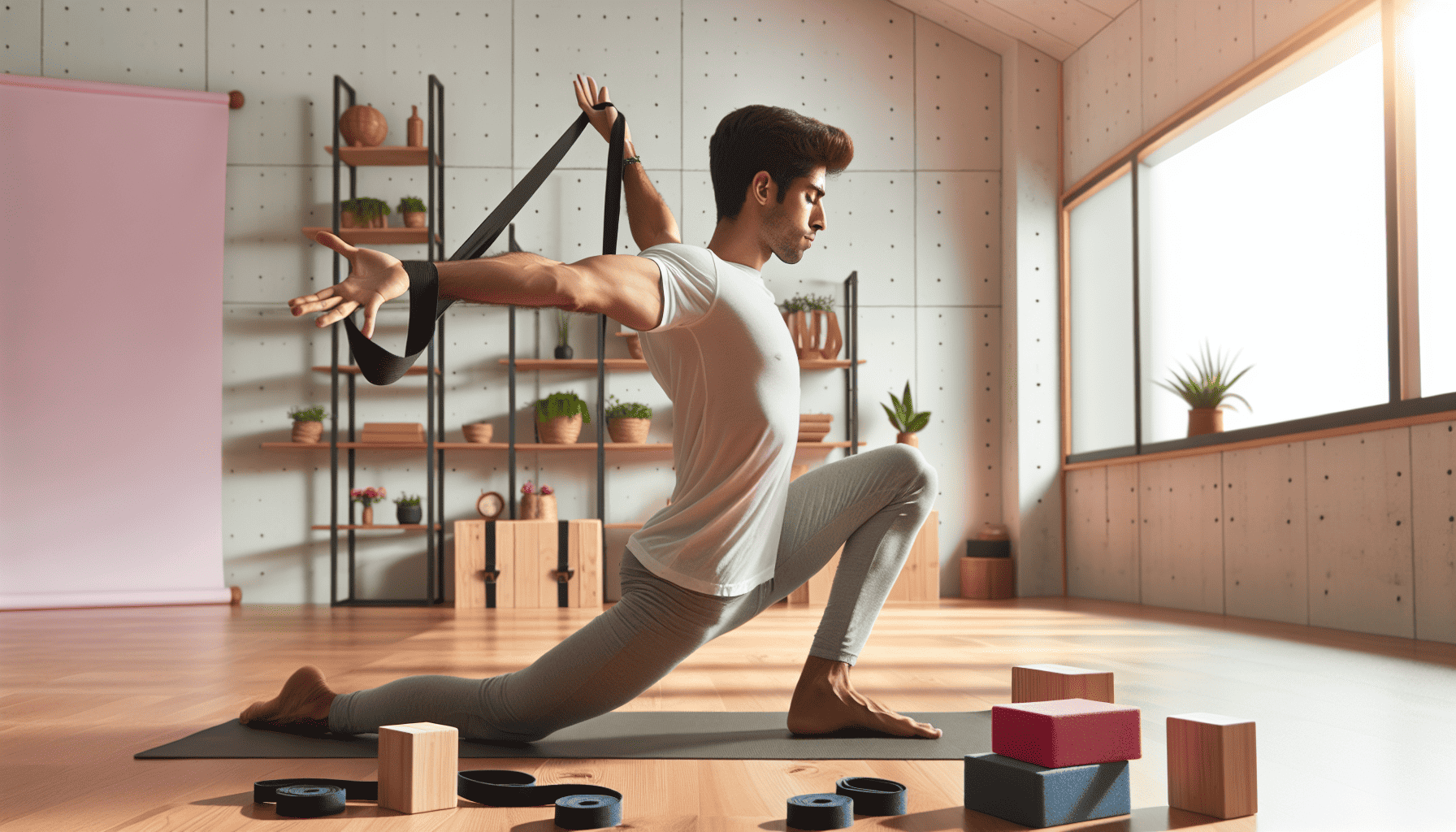Improving flexibility and overall wellness is essential for maintaining a balanced and healthy lifestyle. Stretching is a highly effective way to enhance flexibility, reduce stress, and promote a sense of well-being. By incorporating targeted stretching routines into your daily regimen, you can enjoy numerous physical and mental benefits.
Stretching helps to keep the muscles flexible, strong, and healthy. Necessary for maintaining a good range of motion in the joints, stretching can prevent injuries and improve posture. As muscles age, they naturally lose elasticity, which can lead to stiffness and discomfort. Regular stretching counteracts this process, ensuring you remain agile and resilient.
To begin your journey, consider integrating a range of stretches that focus on different muscle groups. A balanced routine may include dynamic stretches, which involve movements that mimic everyday activities or a sport-specific action, and static stretches, which are usually performed after a workout as they involve holding a position to help muscles recover.
Dynamic stretching is an excellent way to prepare your body for physical activity, elevating body temperature and increasing blood flow to the muscles. Examples include arm circles, leg swings, and walking lunges. These movements not only help to improve flexibility but also enhance coordination and balance.
On the other hand, static stretching focuses on improving flexibility after your body is already warm. This type of stretching involves holding a position for 15-60 seconds to elongate the muscle and increase its length. Classic examples include hamstring stretches, shoulder stretches, and seated forward bends. The key to static stretching is to relax into the stretch, without pushing to the point of pain, to gently increase your flexibility over time.
Incorporating a few minutes of mindful breathing during your stretching routine can also enhance your overall experience. Slow, deep breathing helps to relax the mind and body, promoting a state of calm and reducing tension. Focus on inhaling deeply through your nose and exhaling slowly through your mouth as you hold each stretch.
Flexibility training is not solely about physical benefits. It can also play a significant role in improving mental clarity. Taking time out of your day for a stretching routine fosters mindfulness, helping to reduce stress and clear your mind. In a world that is often fast-paced and demanding, these moments can provide much-needed respite.
To make the most of your flexibility routine, remember consistency is key. Aim to stretch at least a few times a week, gradually increasing duration and intensity as your body adapts. Listen to your body’s signals and allow it to guide your progress. Whether you choose to follow instructional videos, attend a class, or create your own routines, there is a myriad of ways to integrate flexibility exercises into your wellness journey.
Ultimately, adopting a consistent stretching routine offers a holistic approach to enhancing both physical and mental health, paving the way for a thriving and energetic life.
